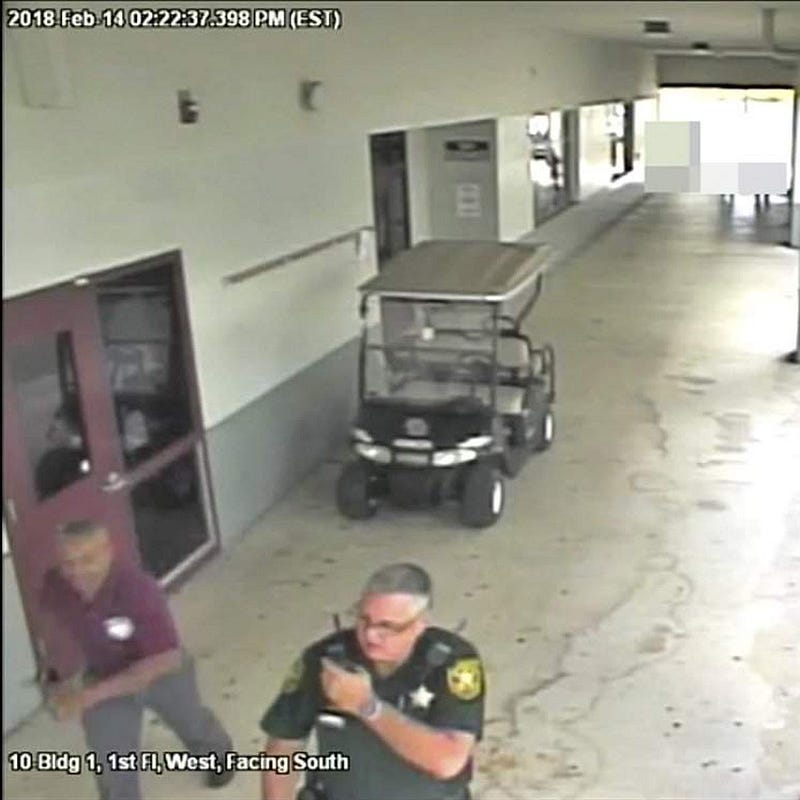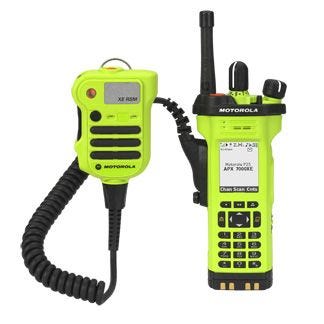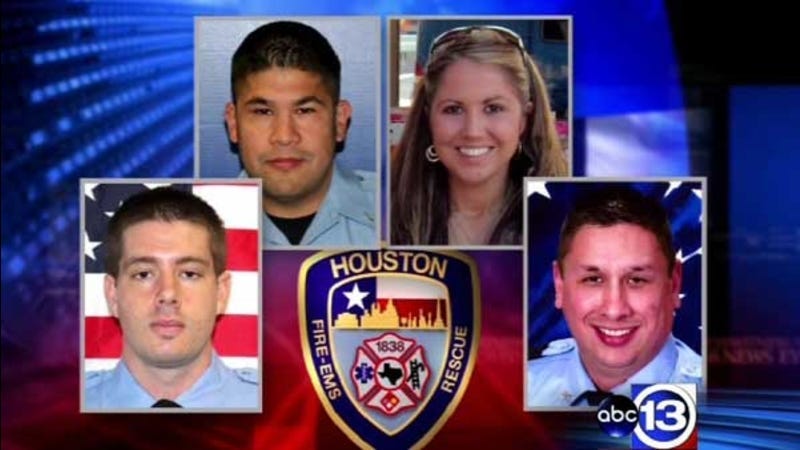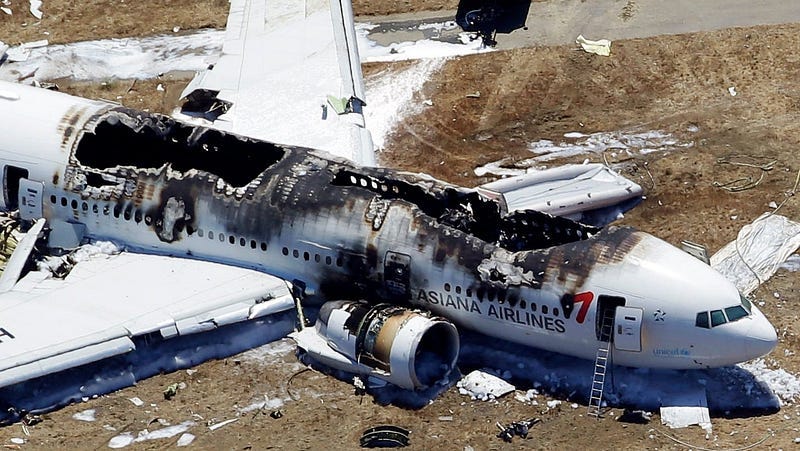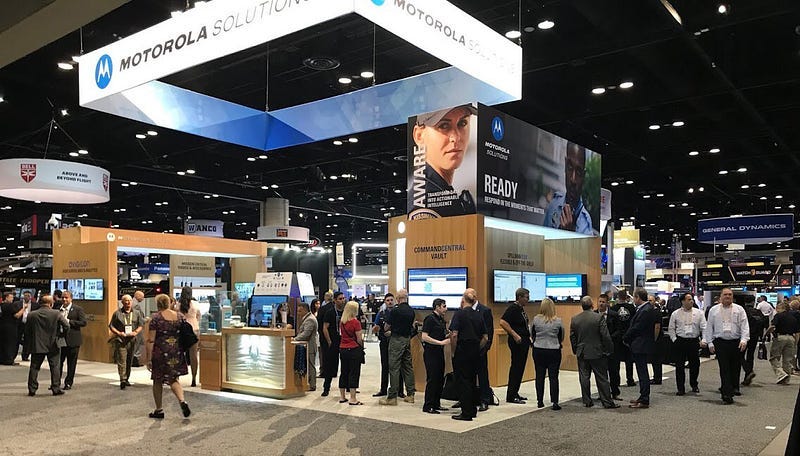Can you hear me now? Fatal flaws with public safety radios
Former Broward County Deputy Scot Peterson is on trial this week for charges of felony child neglect for his failure to engage the school…
Former Broward County Deputy Scot Peterson is on trial this week for charges of felony child neglect for his failure to engage the school shooter in Parkland, FL in 2018. This is the first time a police officer has ever been criminally charged for failure to intervene during an attack at a school in the United States.
During the trial, his defense cited a problem that is all to common for public safety agencies across the country.
From the first minutes of the shooting, the radio system repeatedly failed as more and more deputies tried to radio information as they arrived at the suburban Fort Lauderdale school where Peterson was the on-campus deputy. Instead, the deputies got a tone that was the equivalent of a busy signal.
Peterson’s primary defense to the felony child neglect charges is that the gunshots’ echo made it impossible for him to pinpoint the shooter and that the radio system’s failure made it impossible for him to hear what most arriving deputies were seeing and hearing.
Oakley said, “Deputies could not hear what I was saying and also deputies wouldn’t be able to hear each other.” She had only been on the job for seven months and was on the last shift of her employment probationary period when she found herself handling the initial response to the massacre.
Deputy Arthur Perry, who arrived at Stoneman Douglas during the shooting, testified Friday that when he tried to use his radio he only got a “bonk, bonk, bonk” noise.
Nearly every After Action Report for a line of duty death or major fire department incident since 9/11 cites radio issues as a contributing factor despite billions of dollars that have been spent across the country to address the radio problems at the World Trade Center in the 9/11 Commission Report.
Origin of the Problem
The post 9/11 move from 100 MHZ low-band to the current 700 and 800 MHZ narrow Public Safety Band was made in the name of interoperability but commercial cellphone companies interests in the old public safety frequencies likely contributed to this. These 700 and 800 MHZ radios are substantially more expensive while their effective range is limited in commercial buildings including super markets, warehouses, high-rise buildings, hotels, and garages due to the narrowband signals.
These well documented radio transmission problems have led to a revision to the IFC and NFPA Uniform Fire Code requiring radio repeaters in new construction or renovated commercial buildings.
Radios that fail to transmit, loss of signal, responders on different channels (due to user error, breakdown in policy, confusion), too many simultaneous transmission, and hardware failure have all been cited as contributing factors in firefighters deaths.
The condition of “interoperable” radio systems is arguably worse than pre-9/11 when there should be undebatable improvement after billions of dollars has been invested into these systems.
Deadly Consequences
Houston, TX Hotel Fire: Four firefighters killed and radio issued cited.
One section describes the repeated attempts of rescue crews to communicate with leaders coordinating the scene, forcing them, at times, to “return outside” to relay their messages. More than 500 radio transmissions weren’t received because of the volume of traffic and the software did not prioritize transmissions. For instance, the incident commander could be blocked from delivering critical information by a crew member radioing that they had entered the building.
A Motorola Solutions spokesman confirmed the company has been working with HFD to tweak its software and develop new digital radios. Mann estimated each radio costs $5,000. A draft copy of the report, obtained by news organizations, reveals that some firefighters abandoned radio procedures, creating confusion about who was in charge and cluttering radio channels with non-essential transmissions. Significant technical challenges with a new radio system, put into use less than a year earlier, fueled the disorganization as strong winds whipped the fire into a much larger blaze, according to the report.
San Francisco, CA Asiana Airlines Crash: radio issues cited
The responders from multiple different agencies had communication problems, including being unable “to speak directly with units from the airport on a common radio frequency”. Because of the communication breakdown, outside agencies didn’t initial dispatch medical buses to the scene which “delayed the arrival of EMS resources to treat seriously injured passengers.”
Prince William County, VA: Rookie firefighter killed, radio issues cited
A detailed report on the incident recently released by Prince William County Department of Fire and Rescue concluded that problems associated with the use of the county’s Motorola digital trunked radio system contributed to the tragedy. Issues reported by other firefighters during that incident, which was further complicated by strong winds, ranged from signal distortion, and transmission failure to radios displaying “out of range” signals.
Source of the Radio Problem
Motorola has secured an estimated 80 percent of all the emergency telecommunications business in America. Government officials across the U.S. have handed it noncompetitive contracts, used modifications of years-old contracts to buy new systems or crafted bid specifications to Motorola’s advantage. These officials have helped stunt price competition and saddled taxpayers with hundreds of millions in added costs.
The company’s contract wins have been clouded by irregularities or allegations of government favoritism in Chicago, Dallas and the Bay Area, and on statewide systems in Illinois, Iowa, Kansas and Washington.
Kansas officials bypassed state competitive bidding requirements in 2005 with an unusual modification of a 1991 contract with Motorola, one providing for a $50 million digital system. State officials defended their action by saying competitive bids were taken on the original system 14 years earlier.
In Chicago, Motorola’s backyard, city officials justified a noncompetitive, $23 million contract on grounds it would protect a $2 million investment in proprietary Motorola equipment, when the equipment’s actual value was $350,000, the city’s inspector general found.
Between 2009 and 2011, Iowa issued five solicitations for radio bid prices that each favored Motorola, one requiring that two knobs on the radios be exactly 19 millimeters apart — a parameter fitting only a Motorola radio, The Des Moines Register first reported.
In Dallas, where Motorola has won a contract for a new digital network, the company has been snarled in controversy twice in recent years over the way it’s met city requirements for use of minority subcontractors, because most of the money flowed back to Motorola. City officials declined to release contract documents, forwarding a Justice Department letter stating that to do so would interfere with an FBI inquiry into possible “public corruption, tax evasion and money laundering.”
Washington state piggybacked on a Department of Justice contract that was not competitively bid in fall 2011 to save money. The state issued a $26 million contract and bought nearly 2,000 radios for the State Patrol.
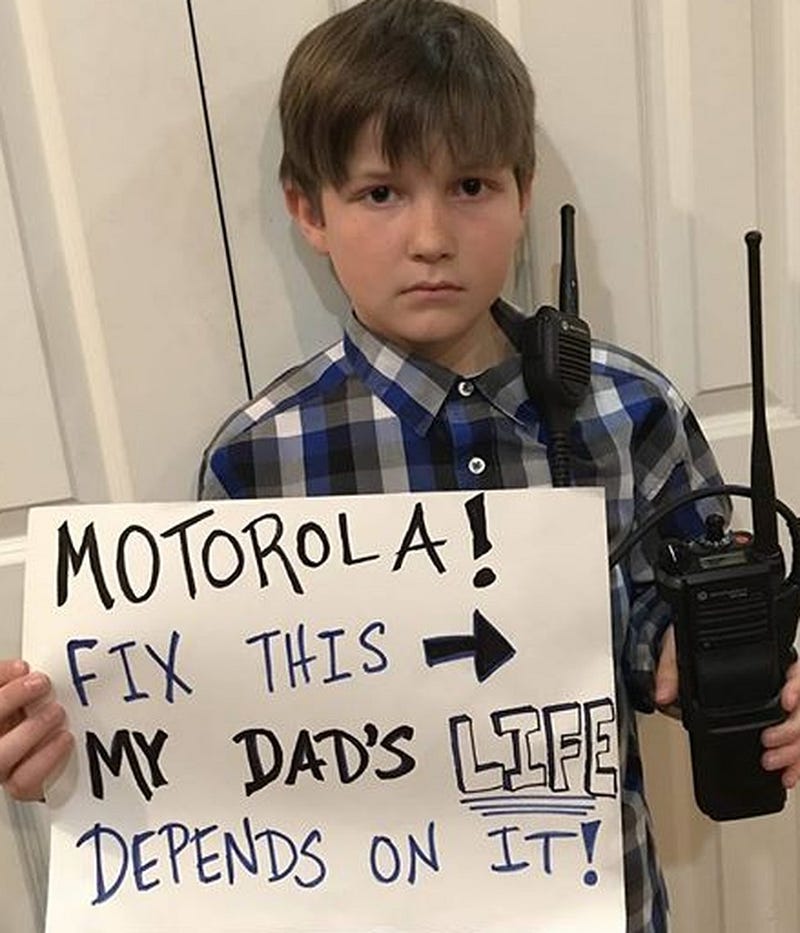
Motorola has cultivated cozy relationships with police and fire chiefs, its biggest customers, donating more than $25 million to public safety-related foundations and bankrolling a key public safety coalition to which police and fire chiefs belong. Motorola sales representatives also coach public safety agencies in how to secure federal funds.
What next?
In the coming days we will find out if another Motorola radio failure takes the blame for 34 students and staff being shot in Parkland, FL or if former Deputy Peterson is convicted and sentenced to nearly 100 years in prison.
Regardless of the outcome of the trial, 22 years after 9/11 we still face many of the same communication and radio equipment failures that contributed to the death of 343 firefighters inside the Twin Towers that day.
David Riedman is the creator of the K-12 School Shooting Database and a national expert on school shootings. Listen to my recent interviews on Freakonomics Radio, New England Journal of Medicine, and Iowa Public Radio the day after the Perry High shooting.




